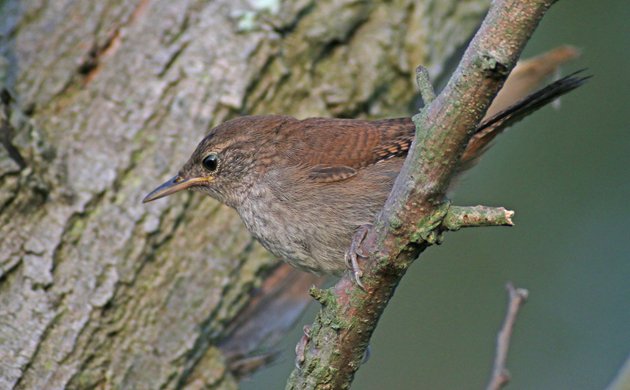
New York City in July provides limited opportunities for birders to see birds. The often oppressive heat and humidity means that most birds have quieted down shortly after sunrise, shorebirds haven’t really started to move in large numbers yet, and mosquitoes and biting flies can make visiting coastal saltmarshes and other wet habitats more of an ordeal than an outing. That said, there are still chances to observe birds and my favorite way to do so in the summer is at the beach.
That’s why on Sunday morning I was out at dawn attempting a seawatch in the western Rockaways, hoping for a shearwater or a storm-petrel or a jaeger. I had no luck with any of those but I did enjoy our usual suite of coastal birds like Black Skimmer, Common Tern, American Oystercatcher, and Piping Plover. Once I was done at the beach I explored some of the little remaining undeveloped scrub habitat that has grown up behind the beach and the boardwalk, just to see what I could find.
An American Redstart sang half-heartedly, a Ring-necked Pheasant ran from me, and Gray Catbirds, Red-winged Blackbirds, and American Robins were everywhere. I saw a Willow Flycatcher, several Northern Mockingbirds, and a bunch of Yellow Warblers. I was pleasantly surprised at how so small a patch of habitat could harbor so many species and started to wonder if it was sink for breeding birds but then I got distracted by fledgling House Wrens and figured that if a whole family of wrens could have fledged then it probably isn’t a total sink. The wrens were a joy to watch, exploring, chattering, getting themselves into and out of trouble.
fledgling House Wren seemingly fascinated by my digiscoping rig
The wrens were fearless, feeding within feet of me. I just wish this shot didn’t motion-blur its beak.
It was fun watching them stick their beaks into everything as they learned to find their own food.
Sometimes their explorations looked a bit uncomfortable.
And sometimes it seemed easier to just beg for a handout. Though this Yellow Warbler must have a heart of coal and refused the young one’s entreaties. By the way, do you think that bright gape on the wren makes it easy for its cavity-nesting mother to find its mouth in the dark?
I hope all the young wrens make it to adulthood and through their migration!
…
If you liked these images of House Wrens and want to see more great images of birds (and other creatures) check out 10,000 Clicks, our big (and always growing) collection of gallery posts. You won’t regret it!
…


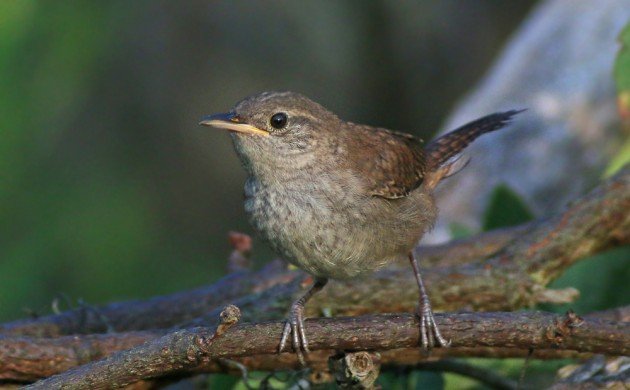
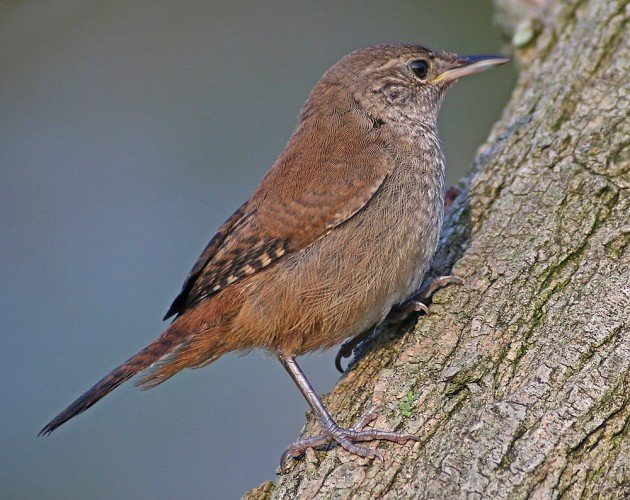
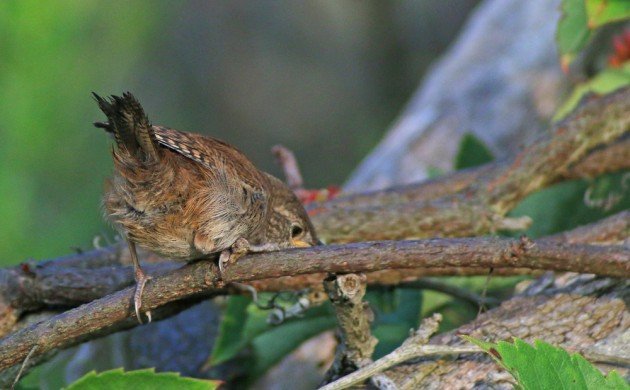
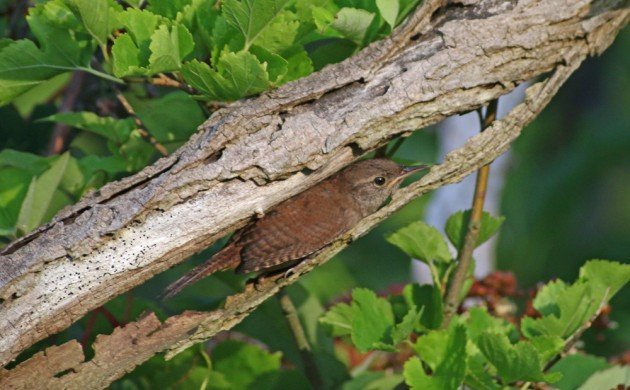
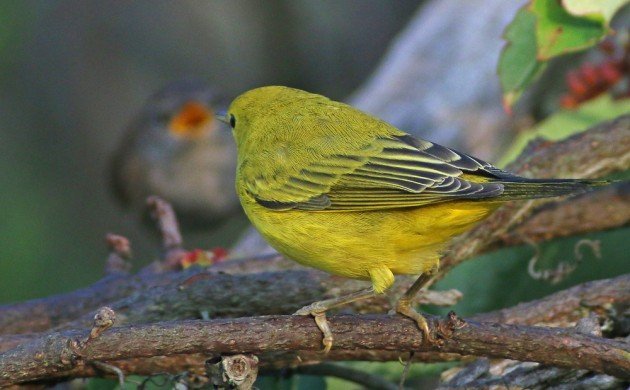
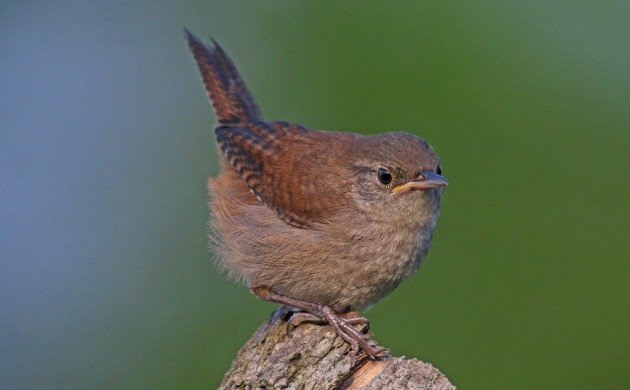











Leave a Comment